40 organic food standards and labels the facts
Understanding the USDA Organic Label | USDA Aug 02, 2021 · Amidst nutrition facts, ingredient lists, and dietary claims on food packages, “organic” might appear as one more piece of information to decipher when shopping for products. Understanding what the organic label means can help shoppers make informed purchasing choices. Organic is a labeling term found on products that have been produced using cultural, biological, and mechanical practices ... Organic food standards and labels [electronic resource] : the facts ... 2002, Organic food standards and labels [electronic resource] : the facts U.S. Dept. of Agriculture, Natural Organic Program [Washington, D.C.] Wikipedia Citation. Please see Wikipedia's template documentation for further citation fields that may be required.
Holdings: Organic food standards and labels Organic food standards and labels : the facts. Bibliographic Details; Corporate Author: National Organic Program (U.S.) Format:

Organic food standards and labels the facts
Labeling Organic Products | Agricultural Marketing Service Finished product is certified organic and produced in full compliance with the USDA organic regulations: entire product may be labeled organic and display the USDA organic seal; All instances of specific fibers in finished product are certified organic: label may claim the specific fibers are organic and identify the percentage of organic fibers All About Organic Foods | Food Safety and Health · We share the relevant. You must look at package labels and watch for signs in the supermarket. Along with the national organic standards, USDA developed strict labeling rules to help consumers know the exact organic content of the food they buy. The USDA Organic seal also tells you that a product is at least 95 percent organic. Single-ingredient foods The Organic Seal | Agricultural Marketing Service The labeling requirements of the NOP apply to raw, fresh products and processed products that contain organic agricultural ingredients. Agricultural products that are sold, labeled, or represented as organic must be produced and processed in accordance with the NOP standards.
Organic food standards and labels the facts. What Does Organic Mean? The Facts about Organic Food Standards and Labels Only food labeled "organic" has been certified as meeting USDA organic standards. For more detailed information on the USDA organic standards, visit the USDA National Organic Program website or call the National Organic Program at 202-720-3252, or write USDA-AMS-TM-NOP, Room 4008 S. Bldg., Ag Stop 0268, 1400 Independence, SW, Washington, DC 20250. Organic on Food Labels | FDA Organic on Food Labels FDA does not regulate the use of the term "organic" on food labels. The National Organic Program (NOP) is the federal regulatory framework governing organically... Labeling & Nutrition Guidance Documents & Regulatory ... Food Standards: Guidance for ... The Declaration of Allulose and Calories from Allulose on Nutrition and Supplement Facts Labels October 2020; ... Use of the Term "Natural" on Food Labeling; Organic. Organic food standards and labels : the facts - University of Missouri ... The item Organic food standards and labels : the facts represents a specific, individual, material embodiment of a distinct intellectual or artistic creation found in University of Missouri-Kansas City Libraries. This item is available to borrow from all library branches. ...
Organic foods: Are they safer? More nutritious? - Mayo Clinic Apr 22, 2022 · Also be careful not to mix up other common food labels with organic labels. For example, certified organic beef guidelines include pasture access during at least 120 days of grazing season and no growth hormones. But the labels "free-range" or "hormone-free" don't mean a farmer followed all guidelines for organic certification. Organic Standards | OTA These standards require that products bearing the USDA organic label be grown and processed without the use of toxic and synthetic pesticides and fertilizers, genetic engineering, antibiotics, synthetic growth hormones, artificial flavors, colors, preservatives, sewage sludge and irradiation. Organic food standards and labels : the facts - University of Missouri ... The Resource Organic food standards and labels : the facts . Organic food standards and labels : the facts Organic 101: What the USDA Organic Label Means | USDA Mar 13, 2019 · This is the third installment of the Organic 101 series that explores different aspects of the USDA organic regulations. Amidst nutrition facts, ingredients lists, and dietary claims on food packages, “organic” might appear as one more piece of information to decipher when shopping for foods. So understanding what “organic” really means can help shoppers make informed choices during ...
Organic food standards and labels : the facts - ECU Libraries Catalog Other author/creator: National Organic Program (U.S.) Format: Book and Electronic: Publication Info [Washington, D.C.] : U.S. Dept. of Agriculture, Natural Organic ... Organic Labeling and Logos - Get The Facts - Green Queen Organic labels/logos that you see on product packaging refer to a particular program of organic regulations, so USDA Organic represents the organic standards of the US National Organic Program (NOP) and EU Organic represents the standards issued by the European Commission (norm EC 843/2007). Some organic labels are governmental, some are non ... Food Labeling - USDA The National Organic Program (NOP), a regulatory program housed within the USDA Agricultural Marketing Service, develops organic food labeling standards Other agencies involved in the regulation of specific labels include the Alcohol and Tobacco Tax and Trade Bureau within the Department of the Treasury, which governs alcohol labels, and the ... Organic Food Standards and Labels: The Facts - MedicineNet Only food labeled "organic" has been certified as meeting USDA organic standards. For more detailed information on the USDA organic standards, visit our web site at , call the National Organic Program at 202-720-3252, or write USDA-AMS-TM-NOP, Room 4008 S. Bldg., Ag Stop 0268, 1400 Independence, SW, Washington, DC 20250.
Organic Production/Organic Food: Information Access Tools - USDA USDA Consumer Brochure: Organic Food Standards and Labels: The Facts. “What is organic food? Organic food is produced by farmers who emphasize the use of renewable resources and the conservation of soil and water to enhance environmental quality for future generations. Organic meat, poultry, eggs, and dairy products come from animals that are ...
Organic food: labelling and advertising rules - GOV.UK When you can label your product as 'organic'. You can only label foods as 'organic', or use terms relating to organic production methods, if: all other ingredients, additives and ...
The Organic Seal | Agricultural Marketing Service The labeling requirements of the NOP apply to raw, fresh products and processed products that contain organic agricultural ingredients. Agricultural products that are sold, labeled, or represented as organic must be produced and processed in accordance with the NOP standards.
All About Organic Foods | Food Safety and Health · We share the relevant. You must look at package labels and watch for signs in the supermarket. Along with the national organic standards, USDA developed strict labeling rules to help consumers know the exact organic content of the food they buy. The USDA Organic seal also tells you that a product is at least 95 percent organic. Single-ingredient foods
Labeling Organic Products | Agricultural Marketing Service Finished product is certified organic and produced in full compliance with the USDA organic regulations: entire product may be labeled organic and display the USDA organic seal; All instances of specific fibers in finished product are certified organic: label may claim the specific fibers are organic and identify the percentage of organic fibers
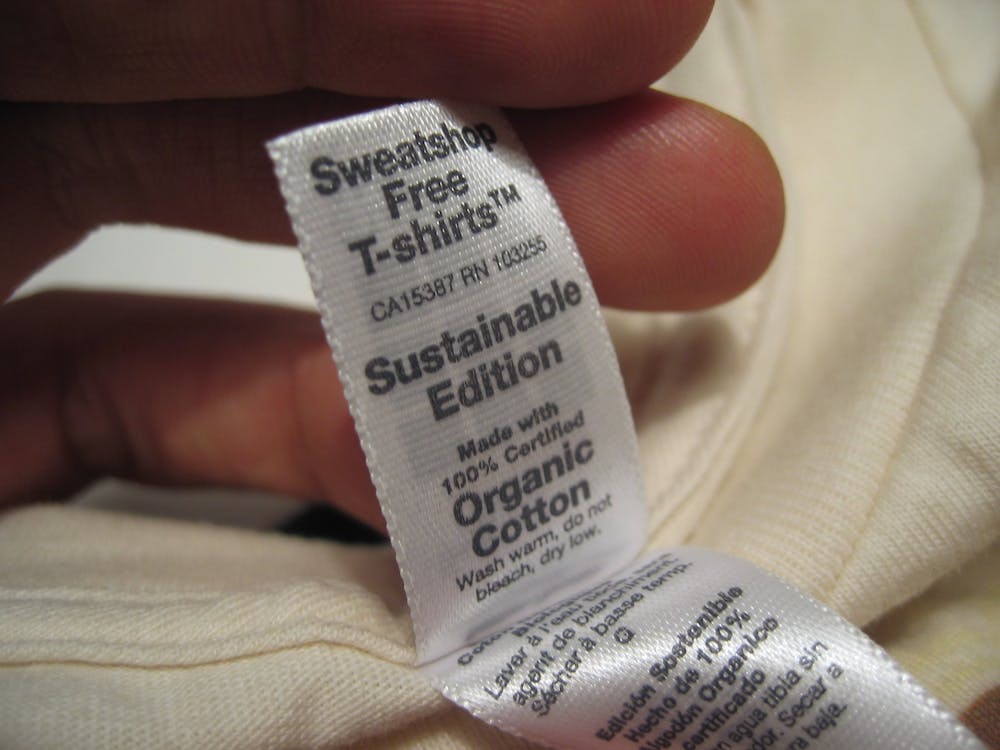






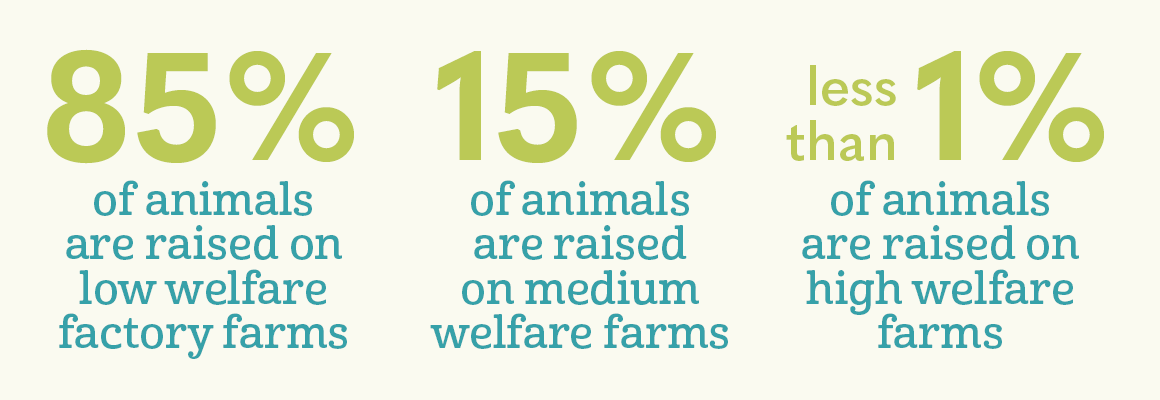
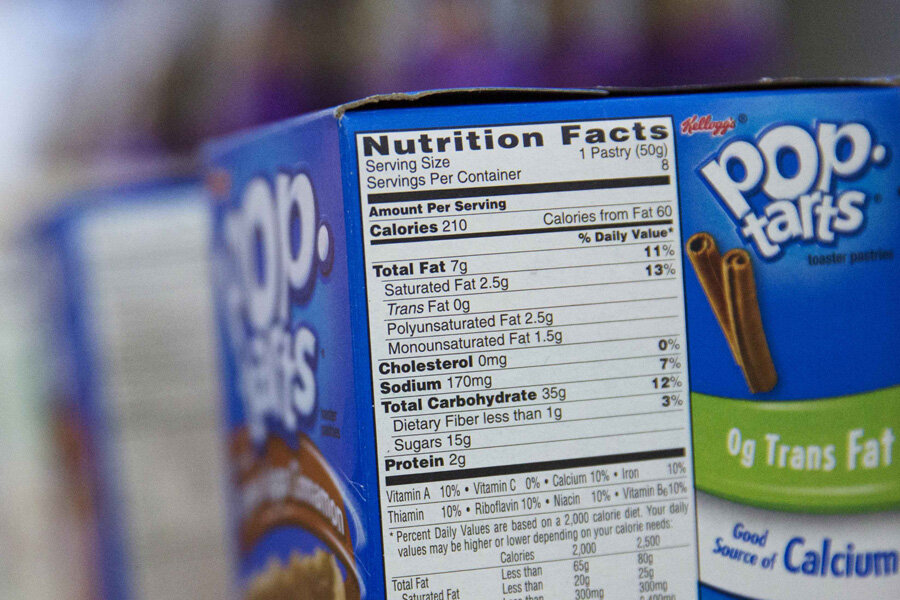


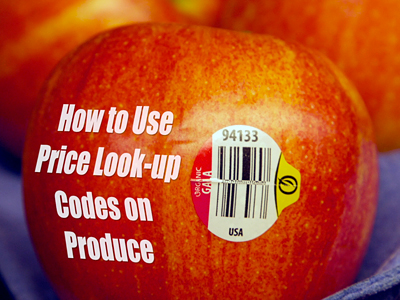









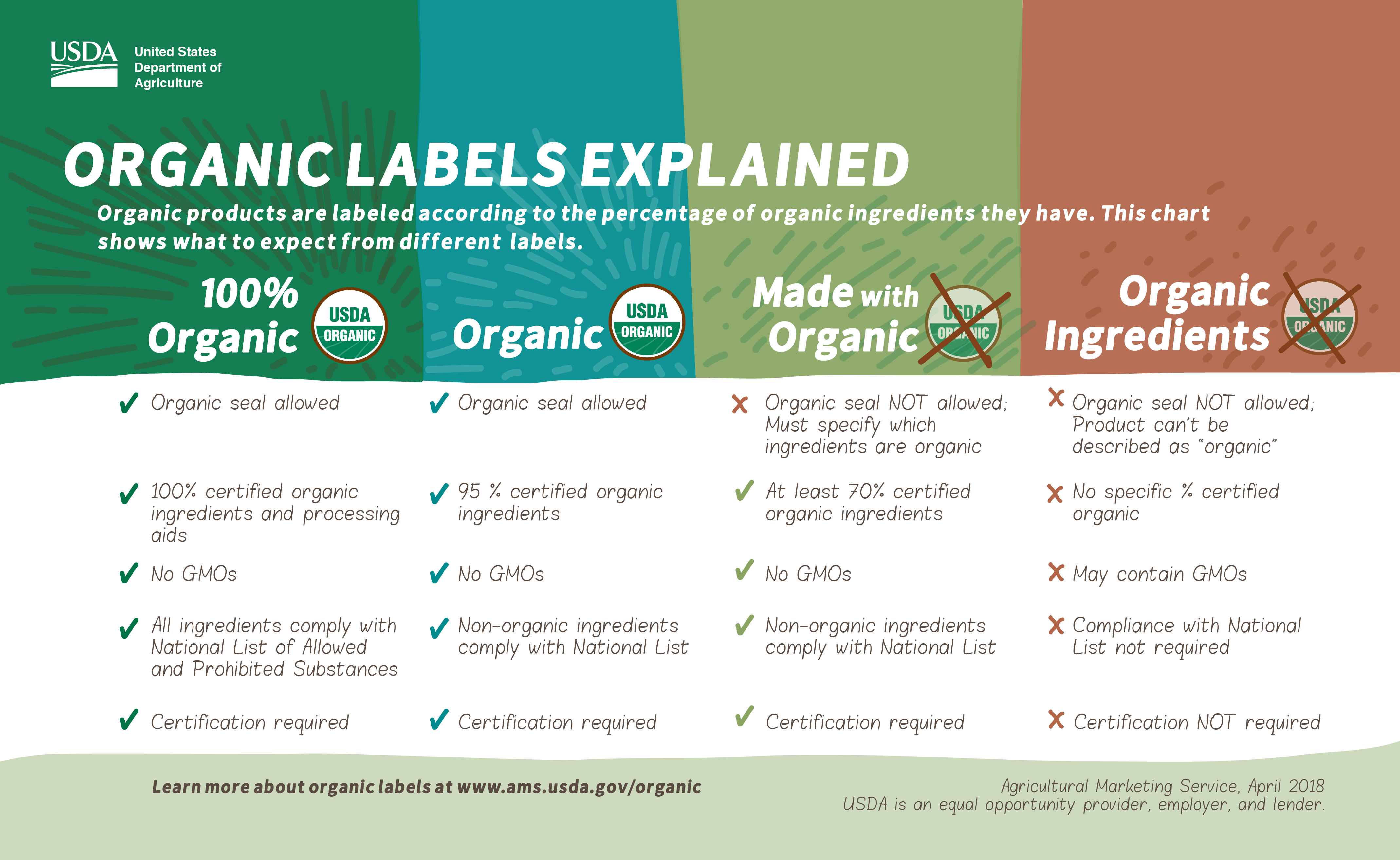
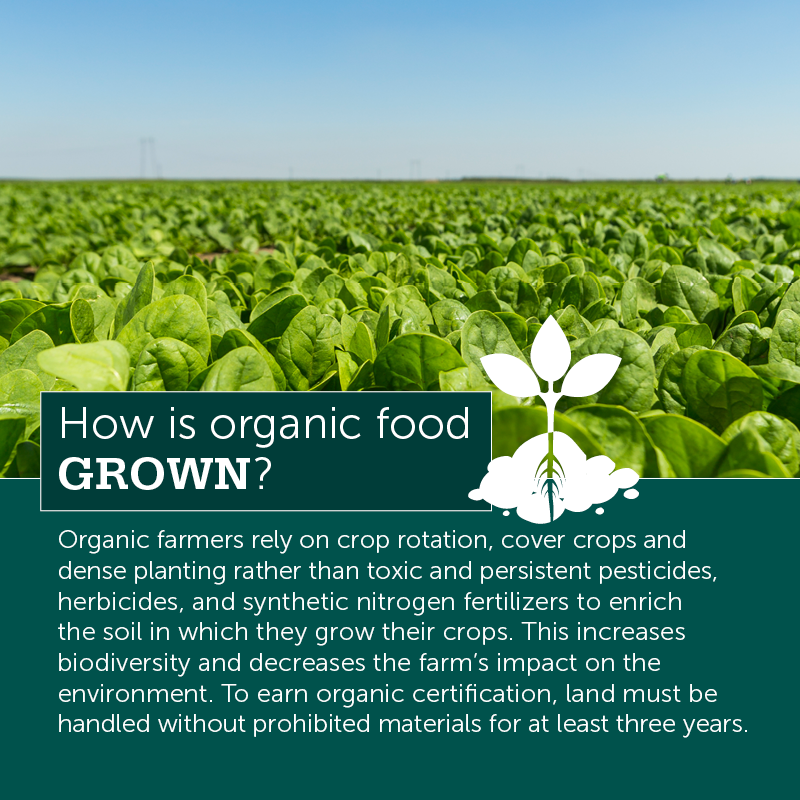




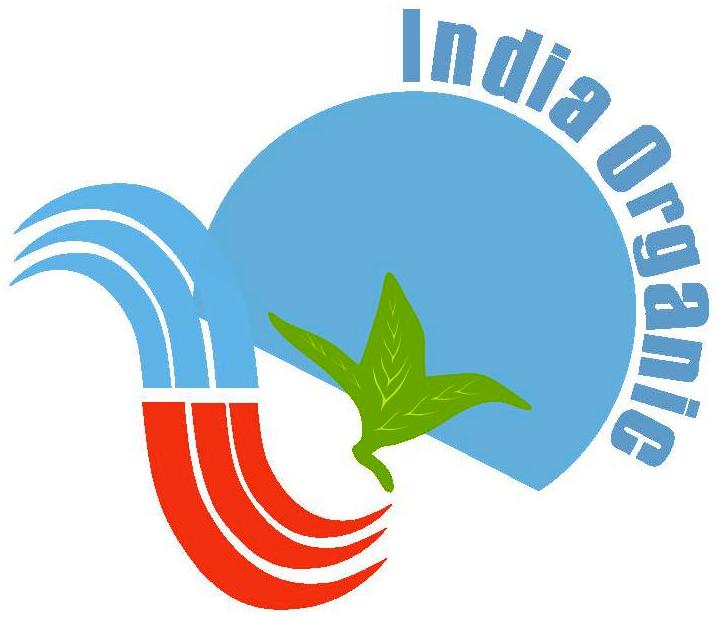





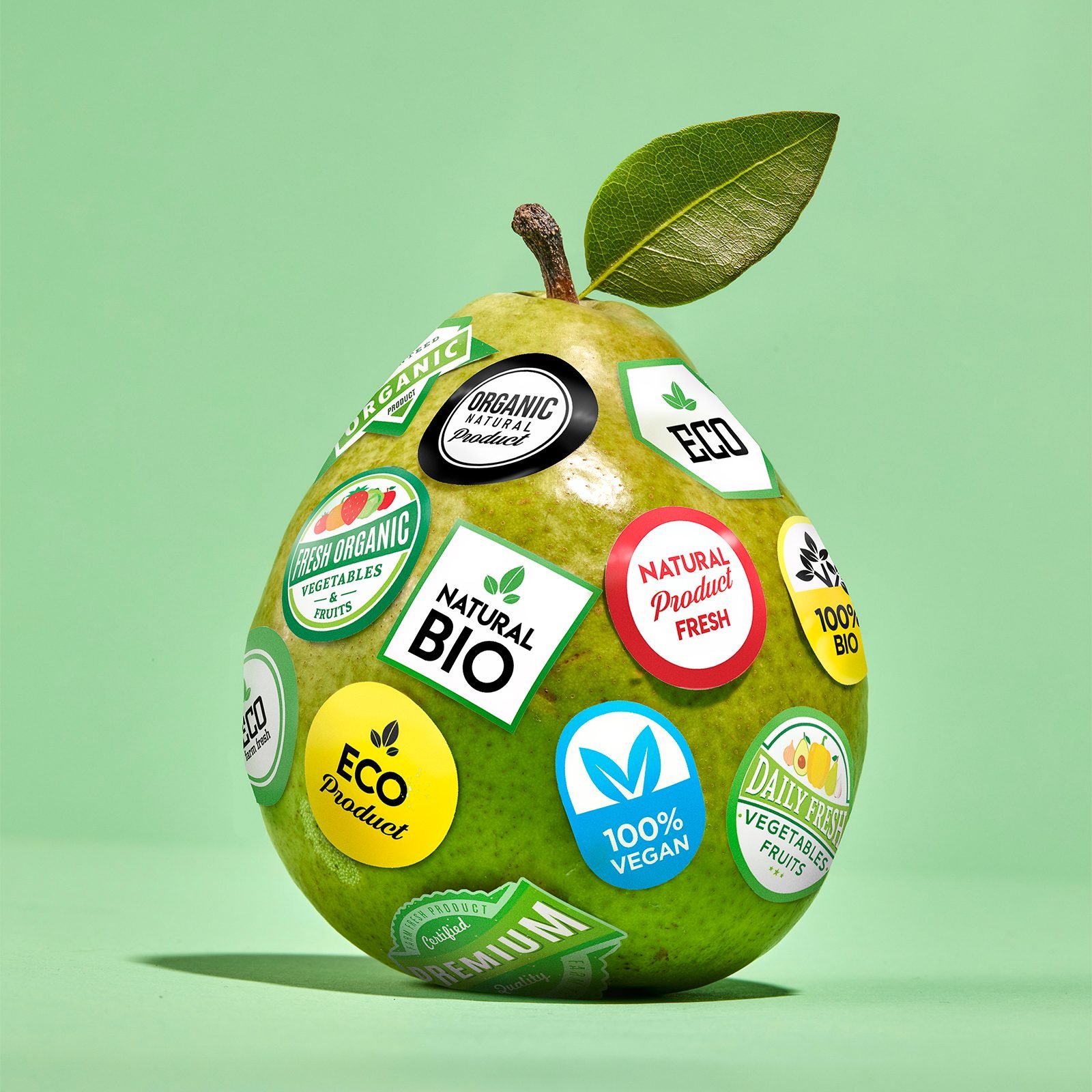
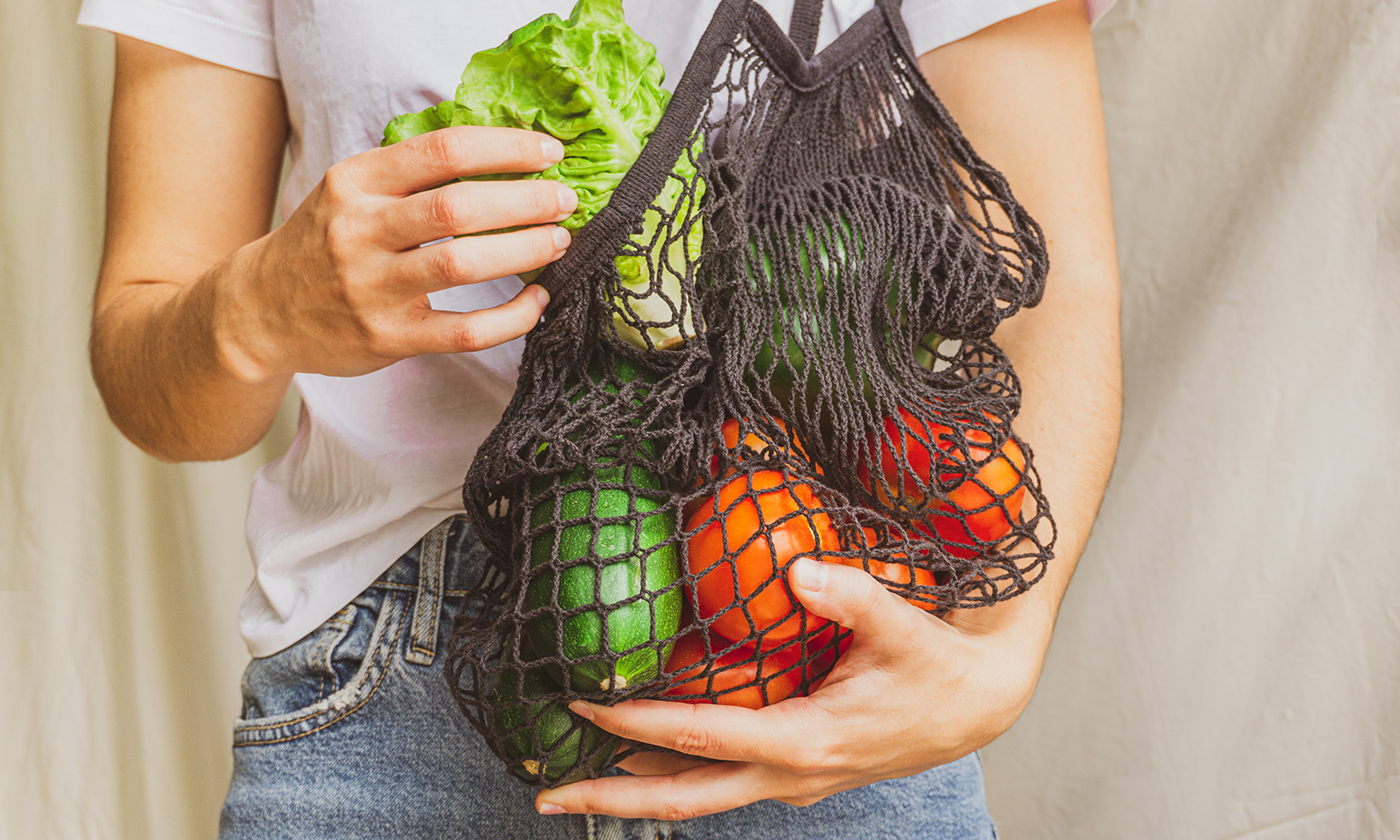
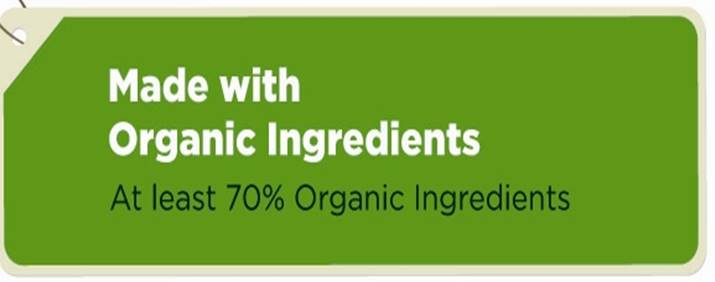
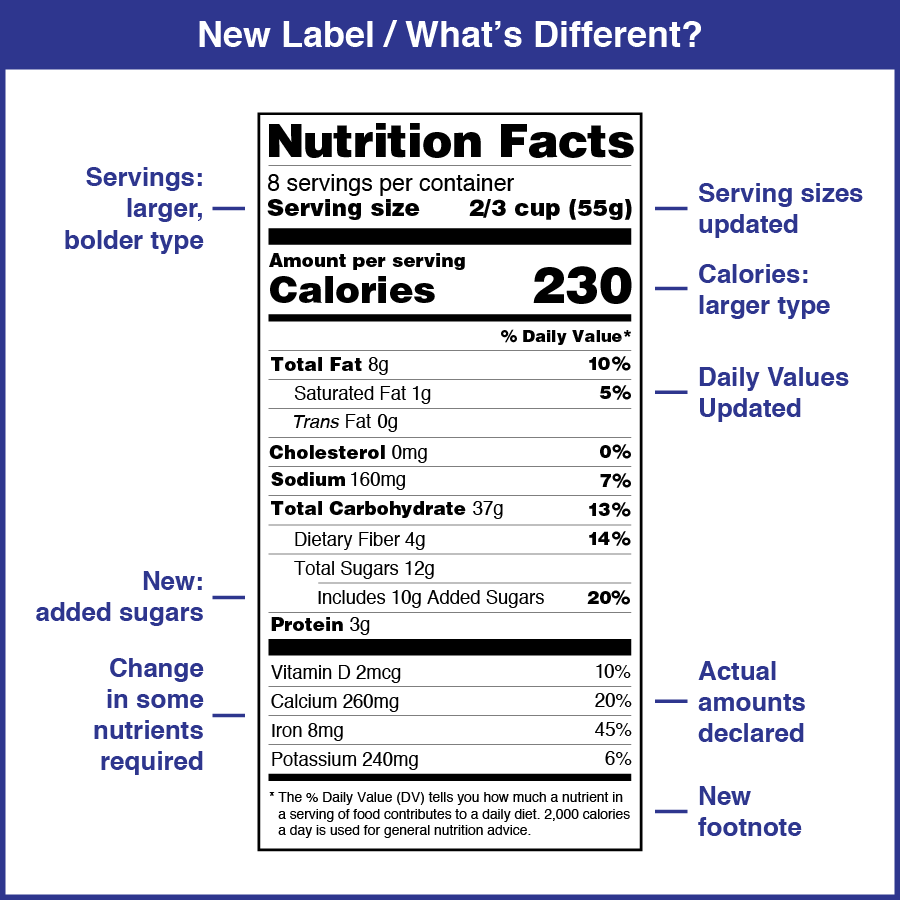

Post a Comment for "40 organic food standards and labels the facts"